Table of Contents
Origins in Staten Island
In the early 1990s, Staten Island, New York—nicknamed “Shaolin”—became the cradle of one of hip-hop’s most transformative groups: the Wu-Tang Clan. Founded by cousins Robert Diggs (RZA), Gary Grice (GZA), and Russell Jones (Ol’ Dirty Bastard), the lineup quickly grew to include Method Man, Raekwon, Ghostface Killah, Inspectah Deck, U-God, and Masta Killa. Each artist brought a distinct style, from Method Man’s smooth flow to Ol’ Dirty Bastard’s chaotic energy. Their gritty, raw sound was deeply influenced by kung fu films and the harsh realities of urban life. The group’s name, inspired by the 1983 film Shaolin and Wu Tang, reflected their fusion of martial arts philosophy with street-wise storytelling, creating an enigmatic and powerful identity.
Drawing inspiration from kung fu cinema and the struggles of Staten Island’s streets, the Wu-Tang Clan crafted a revolutionary hip-hop aesthetic. Their lyrics blended vivid urban narratives with philosophical musings, setting them apart from other rap groups of the time. The group’s martial arts motif extended beyond their name, influencing their stage personas and album concepts. RZA’s production style, characterized by raw beats and obscure samples from martial arts films, defined their sound. Staten Island, often overlooked in New York’s hip-hop scene, became synonymous with their rise. By merging the spiritual discipline of kung fu with the realities of street life, the Wu-Tang Clan created a cultural movement that redefined the boundaries of hip-hop.
The Breakthrough with Enter the Wu-Tang (36 Chambers)
In 1993, the release of Enter the Wu-Tang (36 Chambers) marked a pivotal moment in hip-hop history. The debut album showcased the group’s unpolished beats, raw lyricism, and dark, atmospheric samples, all meticulously crafted by RZA. The gritty narratives captured the struggles of urban life, resonating with a wide audience. Iconic tracks like “C.R.E.A.M.” and “Protect Ya Neck” quickly became anthems, helping propel the album to critical and commercial success. The Wu-Tang Clan’s ability to blend martial arts motifs with streetwise storytelling set them apart. The album’s groundbreaking impact laid the foundation for their dominance in the hip-hop industry, redefining what a rap group could achieve.
The album’s unique structure was as revolutionary as its sound. Members were allowed to pursue solo deals with different labels while remaining under the collective Wu-Tang banner, a business strategy that reshaped artist-label relationships. This approach led to successful solo projects, with Method Man signing to Def Jam and Ol’ Dirty Bastard to Elektra. Enter the Wu-Tang (36 Chambers) was lauded for its raw, stripped-down production and lyrical complexity, influencing countless artists in the genre. The album’s success not only catapulted the group into the spotlight but also established The Wu-Tang Clan as a formidable force in the music industry, both artistically and commercially.
Solo Careers and Expanding Influence
After the groundbreaking success of 36 Chambers, individual members began releasing solo albums that showcased their distinct styles and lyrical prowess. Method Man’s Tical (1994) introduced his smooth flow and became a commercial success, earning a Grammy for the hit “I’ll Be There for You/You’re All I Need to Get By.” Ol’ Dirty Bastard’s Return to the 36 Chambers (1995) highlighted his unpredictable, raw energy, with “Shimmy Shimmy Ya” becoming an anthem. Raekwon’s Only Built 4 Cuban Linx… (1995) pioneered mafioso rap, while GZA’s Liquid Swords (1995) delivered sharp, intellectual lyricism. These albums reinforced The Wu-Tang Clan’s dominance, proving each member could stand alone while contributing to the group’s collective legacy.
RZA’s consistent production across these solo projects ensured a signature Wu-Tang sound, blending gritty beats with obscure samples that tied their solo work back to the group’s origins. The success of these albums solidified their influence not just in hip-hop but across the entire music industry. Method Man’s collaborations with artists like Mary J. Blige and Redman broadened their audience, while Raekwon’s storytelling redefined lyrical narratives in rap. Ol’ Dirty Bastard’s eccentric persona brought a new level of unpredictability to the genre. Collectively, these solo ventures expanded The Wu-Tang Clan’s reach, transforming them from a hip-hop group into a multifaceted cultural phenomenon.
The Wu-Tang Brand Expands
Beyond their musical success, the group strategically diversified into fashion, film, and business ventures. Their iconic “W” logo became a global symbol of hip-hop culture, instantly recognizable to fans worldwide. In 1995, they launched Wu Wear, one of the first hip-hop clothing lines, setting a precedent for artists leveraging fashion to build their brand. Wu Wear stores opened in major cities like New York and Atlanta, proving the group’s entrepreneurial prowess. The Wu-Tang Clan’s influence extended into acting, with Method Man starring in films like How High and RZA contributing to projects like Coffee and Cigarettes. Their ability to transition across industries showcased their versatility and solidified their cultural relevance beyond music.
Their fascination with martial arts films influenced more than just their music. RZA’s collaboration with Asian cinema culminated in scoring Quentin Tarantino’s Kill Bill: Volume 1 (2003), blending hip-hop beats with classic kung fu motifs. This partnership bridged the gap between Eastern and Western film cultures, reflecting The Wu-Tang Clan’s global appeal. Additionally, RZA directed and starred in The Man with the Iron Fists (2012), further embedding the group’s aesthetic into mainstream media. Their ventures into television, such as Method Man’s role in HBO’s The Wire, exemplified their crossover success. These multifaceted projects ensured that the group remained not just musical legends but influential cultural icons.
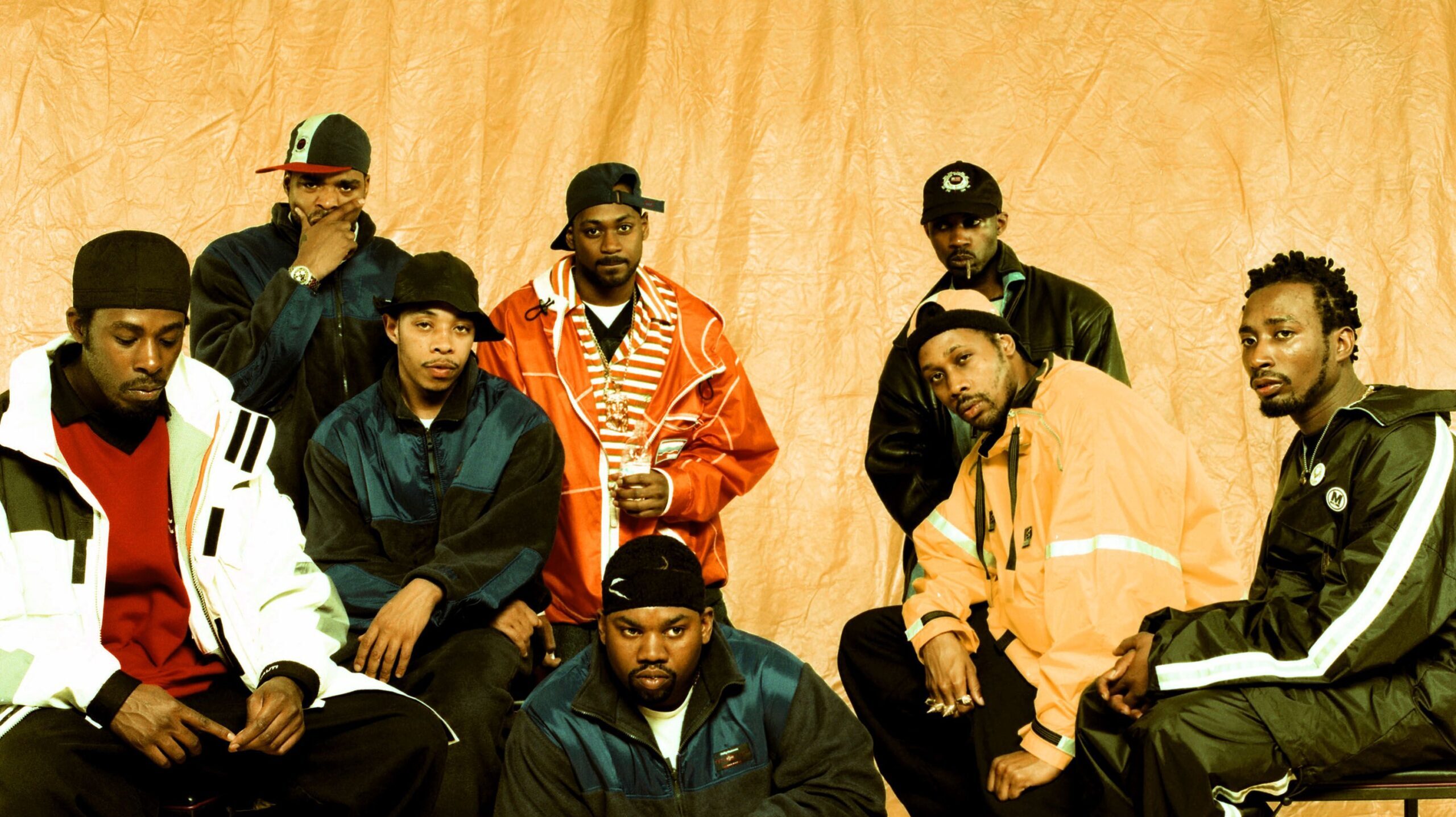
Wu-Tang Forever and Global Recognition
In 1997, the group released their ambitious double album, Wu-Tang Forever, which debuted at No. 1 on the Billboard 200 and achieved quadruple platinum status. The album reflected a more polished, mature sound while preserving the raw energy that defined their debut. Tracks like “Triumph,” with its iconic, beat-less intro and intricate verses from all members, showcased their lyrical growth and unity. The project demonstrated The Wu-Tang Clan’s ability to evolve musically without compromising authenticity. Its critical and commercial success catapulted the group onto the global stage, earning them international acclaim. The album’s intricate production and layered storytelling proved their artistic depth, solidifying their reputation as pioneers in hip-hop.
The release of Wu-Tang Forever marked a turning point in the group’s career, signaling their transition from underground icons to mainstream powerhouses. Their success led to sold-out world tours, with fans from Europe to Asia embracing their unique fusion of street narratives and philosophical themes. The album’s complex production, featuring RZA’s signature sampling techniques and innovative beats, influenced a new generation of producers. Despite their rising fame, The Wu-Tang Clan remained committed to their roots, balancing commercial success with creative integrity. Wu-Tang Forever not only reinforced their dominance in the hip-hop scene but also expanded their influence across global music and culture.
Challenges and Internal Struggles
Despite their monumental success, the late ’90s were fraught with internal tensions for the group. Creative disagreements surfaced, particularly over RZA’s tight control of production, which some members felt limited their artistic freedom. Financial disputes added further strain, with disagreements about revenue sharing causing friction. U-God temporarily left the group due to these issues, while Ol’ Dirty Bastard faced numerous legal troubles, including arrests for drug possession and eventually incarceration in 1999. The Wu-Tang Clan’s third album, The W (2000), was critically acclaimed but highlighted these shifting dynamics. Although the music remained strong, behind the scenes, the group’s unity was beginning to fracture, hinting at deeper challenges ahead.
By the release of Iron Flag in 2001, the fractures within the group had become more visible. Members pursued individual interests, and scheduling conflicts complicated recording sessions, leading to less cohesive projects. Ol’ Dirty Bastard’s absence due to his legal troubles further destabilized the group. Despite these issues, The Wu-Tang Clan maintained a strong presence in hip-hop, but their collective synergy was no longer as potent. The challenges they faced during this period reflected the difficulties of balancing personal ambitions with group loyalty. Yet, even amidst turmoil, their influence endured, proving the group’s resilience in the face of adversity.
The Tragic Loss of Ol’ Dirty Bastard
In 2004, the hip-hop world was shaken by the sudden death of Ol’ Dirty Bastard, who passed away from a drug overdose at just 35. His unpredictable, raw style and magnetic personality were central to the group’s unique sound and identity. Known for hits like “Shimmy Shimmy Ya,” ODB brought a chaotic yet charismatic energy that no one could replicate. His legal troubles and erratic behavior often made headlines, but his genuine talent and passion were undeniable. The Wu-Tang Clan deeply felt his absence, both musically and personally, as his untamed spirit had been a driving force behind their rise. His death marked the end of an era for the group.
Despite the overwhelming grief, the remaining members found ways to honor Ol’ Dirty Bastard’s legacy through their music and performances. During concerts, they often left space for his verses, allowing the crowd to fill in his iconic lines, keeping his spirit alive. Tribute songs and heartfelt mentions in interviews showcased the profound impact he had on the group. The Wu-Tang Clan made sure that ODB’s contributions remained woven into their story, symbolizing both the highs and lows of their journey. His unique voice and fearless artistry left an indelible mark on hip-hop, reminding fans and fellow artists alike of the genre’s raw, unfiltered potential.
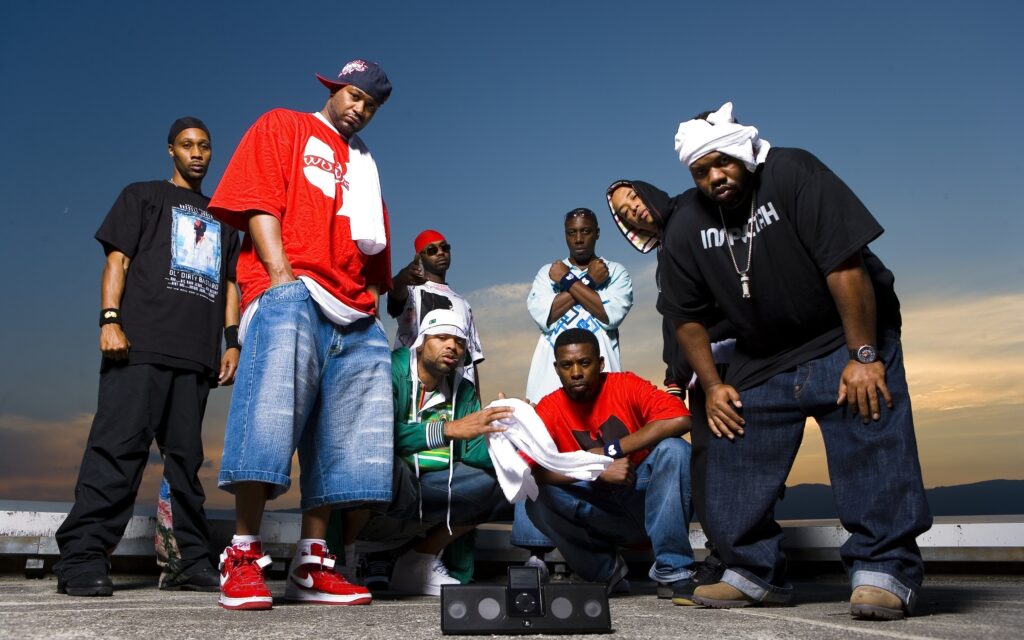
Continuing Legacy with 8 Diagrams
In 2007, the group released 8 Diagrams, their first album following the death of Ol’ Dirty Bastard. This project marked a bold departure from their traditional sound, incorporating live instrumentation, psychedelic rock influences, and experimental beats alongside their trademark gritty lyricism. Produced primarily by RZA, the album reflected his evolving musical vision, blending Wu-Tang’s raw energy with more melodic, atmospheric elements. While critics praised its innovation, fans were divided over its deviation from the group’s original style. Despite mixed reactions, 8 Diagrams showcased The Wu-Tang Clan’s commitment to pushing creative boundaries, proving they could adapt and grow while still honoring the foundation that made them hip-hop legends.
The album’s tracks like “The Heart Gently Weeps,” which sampled The Beatles’ “While My Guitar Gently Weeps,” highlighted their willingness to merge genres and explore new sonic landscapes. Guest appearances from artists like Erykah Badu and George Clinton added unique layers to the project. Internal tensions over the album’s direction surfaced, particularly between RZA and other members who preferred a more traditional sound. However, The Wu-Tang Clan’s ability to navigate these conflicts and produce a cohesive project underscored their resilience. 8 Diagrams reaffirmed their place in hip-hop, demonstrating that evolution and experimentation were vital to their enduring legacy.
Once Upon a Time in Shaolin and Industry Disruption
In 2015, the group shocked the music industry with Once Upon a Time in Shaolin, an album produced in secrecy over six years. Unlike traditional releases, only a single physical copy was created, housed in a handcrafted silver-and-nickel box. This unique approach turned the album into a high-value art piece, blurring the lines between music and fine art. It was sold to notorious pharmaceutical executive Martin Shkreli for $2 million, igniting debates about the commodification of art and the ethics of limiting public access to music. The Wu-Tang Clan’s decision to release the album this way highlighted their willingness to challenge conventional industry practices, further cementing their legacy as innovators.
The sale of Once Upon a Time in Shaolin sparked widespread controversy, particularly due to Shkreli’s infamous reputation for inflating drug prices. Fans and critics alike questioned whether art should be confined to the elite, inaccessible to the public. The Wu-Tang Clan later clarified that their intention was to provoke thought about the value of music in the digital age, where streaming services often diminish artistic worth. In 2021, the U.S. government seized the album from Shkreli after his conviction, eventually selling it to an anonymous buyer. This unconventional release not only disrupted traditional music distribution models but also emphasized the group’s continued influence on how artists approach ownership and accessibility in the modern era.
Documentaries and Cultural Reappraisal
The 2010s brought a resurgence of interest in the group’s profound influence on hip-hop through documentaries and dramatizations. Showtime’s Wu-Tang Clan: Of Mics and Men (2019) offered fans a rare, behind-the-scenes glimpse of their journey, blending candid interviews, personal anecdotes, and archival footage. This four-part series delved into their rise from Staten Island’s streets to global superstardom, highlighting both their triumphs and struggles. The documentary was praised for its raw honesty, shedding light on internal conflicts, creative processes, and their lasting cultural imprint. Through this series, The Wu-Tang Clan’s status as not just musicians, but cultural revolutionaries, was reaffirmed, resonating with longtime fans and introducing their legacy to new audiences.
Building on this momentum, Hulu released Wu-Tang: An American Saga in 2019, a dramatized series chronicling the group’s formation and rise to fame. Co-created by RZA, the show blended fact with fiction to depict the challenges they faced, from poverty and crime to creative differences. The series was lauded for its authentic portrayal of 1990s New York, bringing the group’s story to a younger generation unfamiliar with their origins. The Wu-Tang Clan’s influence extended beyond music, as these visual narratives highlighted their role in shaping hip-hop culture and entrepreneurship. By revisiting their story through these projects, the group’s enduring legacy was further cemented in popular culture.
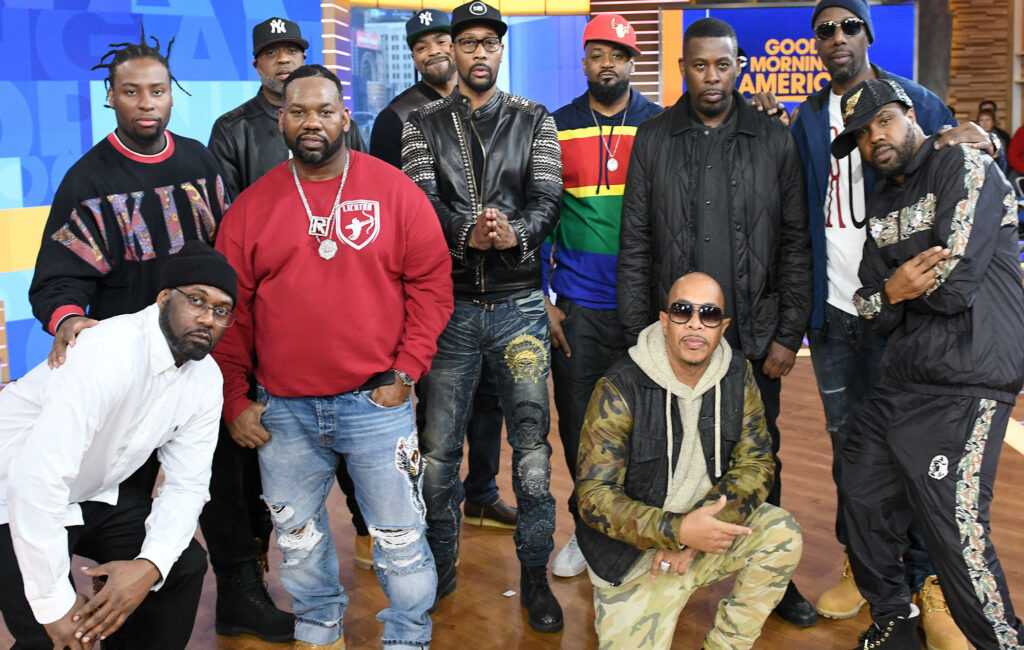
Modern Projects and Continued Relevance
The group continues to captivate audiences worldwide, performing to sold-out crowds and preserving their devoted fanbase. Their live shows blend nostalgia with fresh energy, proving their enduring stage presence. Members have flourished individually—Method Man’s acting career includes roles in The Wire and Power Book II: Ghost, while RZA has made his mark in film scoring and directing, with projects like The Man with the Iron Fists. Their influence extends beyond music; The Wu-Tang Clan’s lyrics and beats are frequently sampled, underscoring their lasting impact on hip-hop. Their ability to balance solo careers with group projects exemplifies their unique dynamic and commitment to artistic growth, keeping their legacy alive in the modern era.
Their entrepreneurial spirit remains a defining feature of their continued relevance. They’ve embraced modern technologies, with ventures like investments in cryptocurrencies and NFTs, showcasing their adaptability in an evolving industry. The group even launched Wu-Tang Clan: Legacy, a photo book encapsulated in a 400-pound steel and bronze sculpture, emphasizing their fusion of music and high art. Their influence permeates fashion, business, and technology, further solidifying their role as cultural innovators. The Wu-Tang Clan’s ability to remain relevant across various industries highlights their forward-thinking approach, ensuring their place as icons not just in hip-hop, but in global culture.
Wu-Tang’s Enduring Legacy
Three decades after their groundbreaking debut, the group remains a symbol of artistic innovation, resilience, and cultural impact. Their unique fusion of martial arts philosophy with gritty urban storytelling set them apart in the hip-hop world. Albums like Enter the Wu-Tang (36 Chambers) and Once Upon a Time in Shaolin showcase their evolution while maintaining their core identity. The Wu-Tang Clan’s entrepreneurial ventures, from fashion to technology, reflect their ability to adapt and thrive in a changing industry. Their influence extends beyond music into film, business, and global culture, demonstrating how they transformed hip-hop from a genre into a powerful cultural movement with lasting significance.
Their journey highlights both the struggles and triumphs of maintaining artistic integrity amid commercial pressures. While facing internal conflicts and personal challenges, they consistently pushed creative boundaries and inspired generations of artists. Their mantra, “Wu-Tang is for the children,” has evolved to signify their universal appeal, resonating with fans across different cultures and generations. The Wu-Tang Clan’s music and message continue to inspire, serving as a testament to hip-hop’s transformative power. Their legacy isn’t just rooted in past achievements—it thrives in their ongoing contributions to art, business, and social consciousness, proving their relevance in today’s world.
How useful was this post?
Click on a star to rate it!
Average rating / 5. Vote count:
No votes so far! Be the first to rate this post.
Author
-

Meet Dr. Kendall Gregory, a highly accomplished professional with a remarkable academic background and a deep passion for empowering individuals through knowledge. Dr. Gregory’s educational journey began with a Bachelor of Science degree, followed by a Doctor of Chiropractic Medicine, focusing on diagnosing and treating musculoskeletal conditions. He further expanded his expertise with a Master's degree in Oriental Medicine, specializing in acupuncture and Chinese herbology, and a Master's degree in Health Care Administration, emphasizing his dedication to improving healthcare systems. Dr. Gregory combines his extensive knowledge and practical experience to provide comprehensive and integrative healthcare solutions. Through his writings, he aims to inspire individuals to take charge of their health and make informed decisions.
View all posts
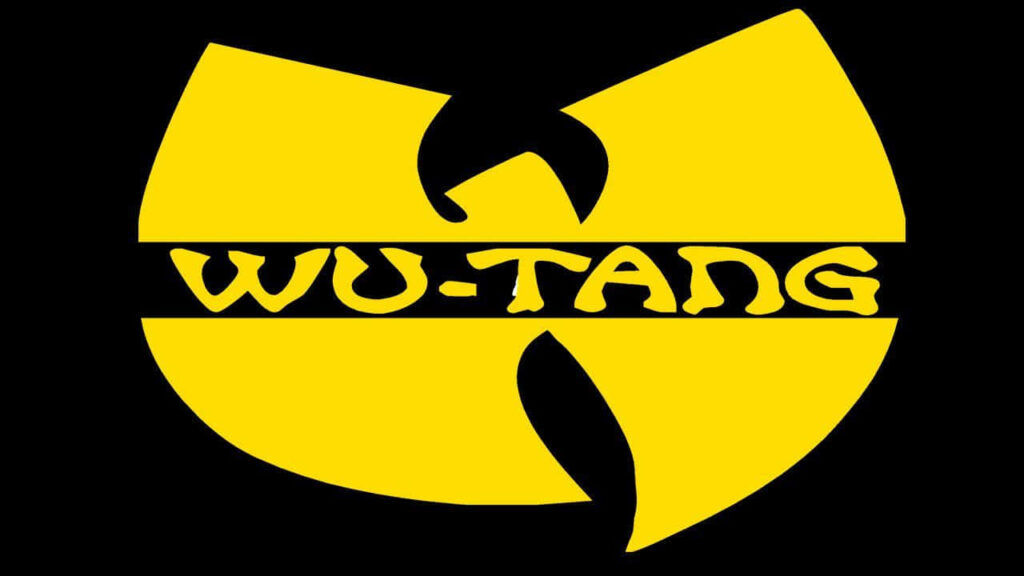

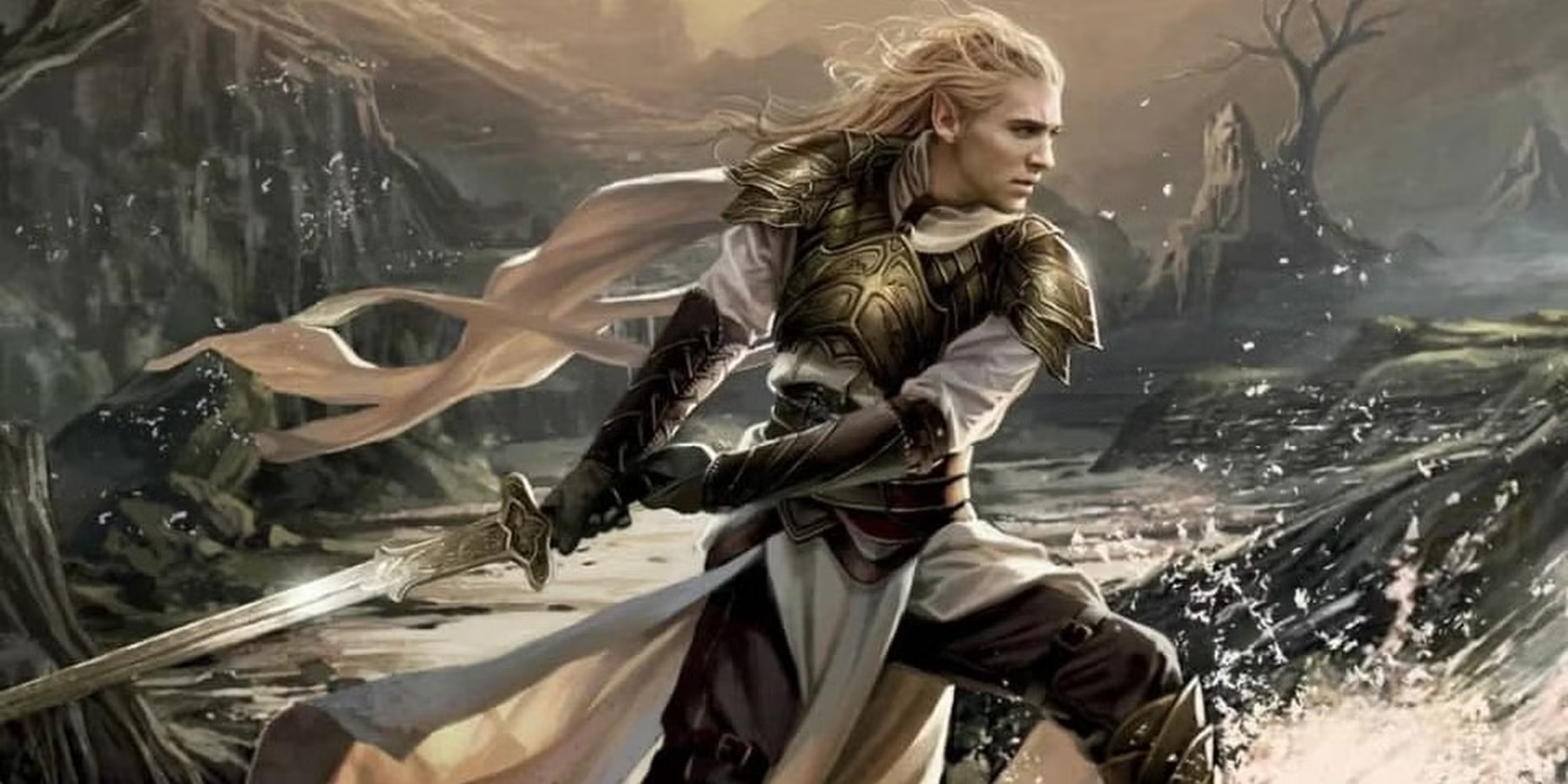




U-God is my fav